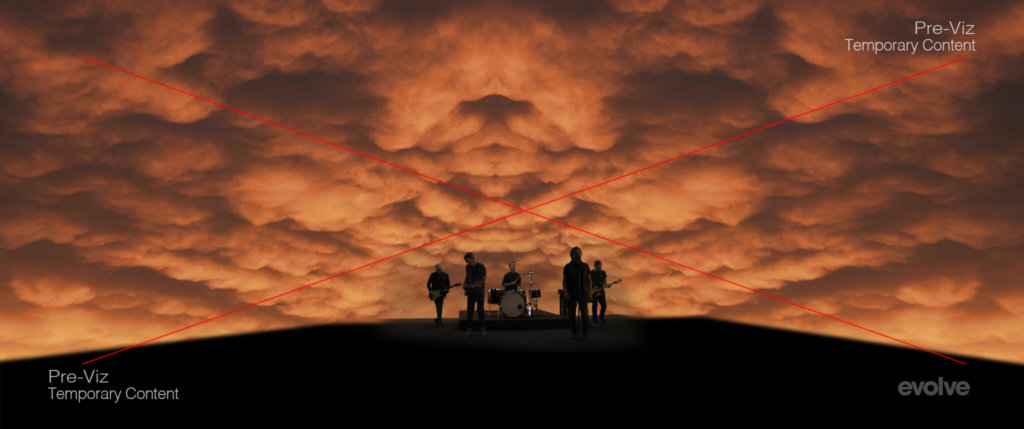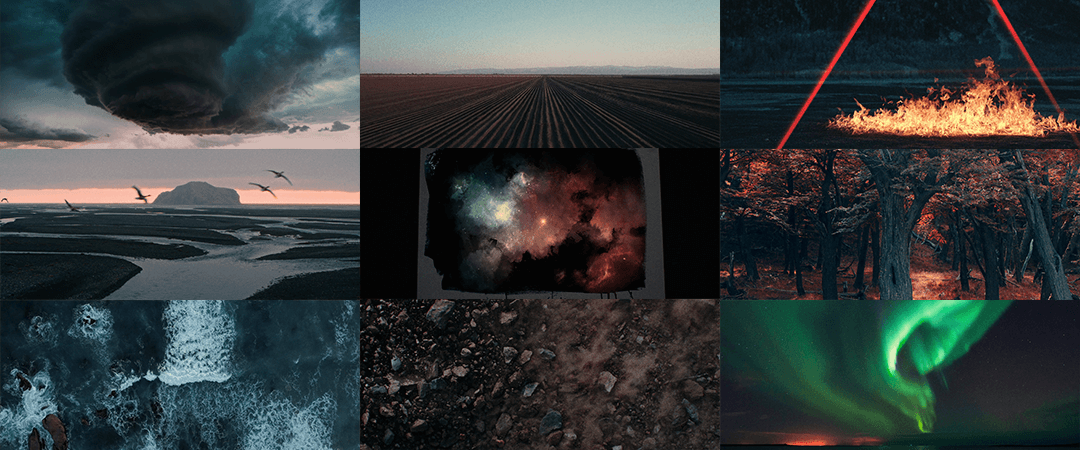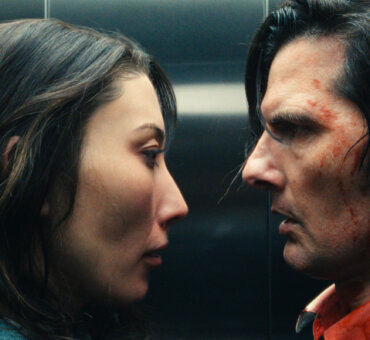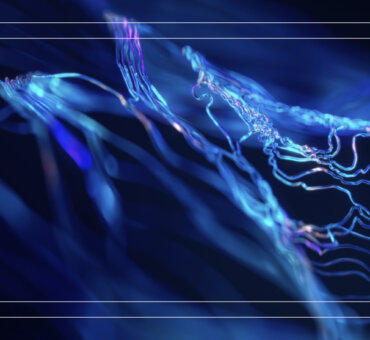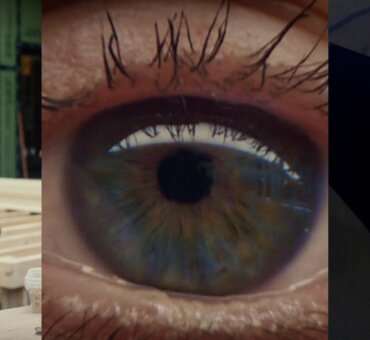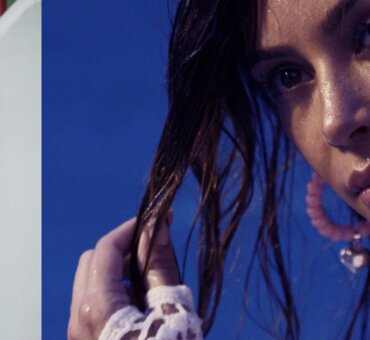The team at Evolve Studios never partially commits to a project—and apparently neither does Pearl Jam. They recently collaborated on the band’s latest music video for the song “Dance of the Clairvoyants,” and the project didn’t stay simple for long.
What started as a concept involving only Filmsupply footage eventually developed into three music videos, using Filmsupply footage and live performances from the band. The effect is wholly unique, blending a traditional music video style with a live art performance that’s abstract and captivating.
The process involved more than 200 clips from Filmsupply, and the process for blending the elements was, needless to say, involved.
“There’s just so much incredible stuff and you don’t have enough time to go through it. That was one of the huge challenges,” editor Seth Evans told us. “It came down to time, grabbing all you can, and making connections. My brain could flow through tons of shots—thinking, this shot feels good and this shot plays off one I found earlier. Also, of course, I listened to the song about 4 million times.”
Seth, along with producer Joe Bastian and Evolve executive producer Joel Edwards shared the process for building this series of videos alongside Pearl Jam—from concept all the way through execution.
Here’s the music video for “Dance of the Clairvoyants” and the team at Evolve:
The Concept
Filmsupply: How did you start to develop a concept for this video?
Joel Edwards: It really started by just listening to the song. From that point, we decided we wanted to do a kind of a visual experiment and get into visual interpretation of the lyrics. There were a few literal moments, but not a lot. The guys from the band loved the idea of the Northern lights, scenic views, the hives of bees. There were a couple of very specific visual motives that they were into. Seth I think you can probably speak to that more.
Seth Evans: To Joel’s credit, he threw everything up on the board. We said, “How do we make sense of bees, and the Northern Lights, and a beautiful vista, and then like macro stuff?” So, we came up with this concept to tell micro stories from one shot to the next. There’s a story arc to it, but a lot of the video is made up of these micro stories. Granted, I was moving through a lot of footage at first because I had the entire world to play with.
How did you hone in on that broad of an idea?
Joe Bastien: Joel has an idea to sort of flow naturally with it. If you’re under the ground, and then go deep in the ground, then a flower comes out of the ground. We decided to run with that—go from space to the earth, to water and then something growing out of the earth. The earth is being born and flourishing, and eventually that takes us to the end where everything starts getting a little chaotic. Things are getting a little out of hand, a little out of control compared to the rest.
Every image needed to evoke some kind of emotion. If you do it the wrong way, it just looks random. If you prepare the right shots together and have all these like little stories, it actually starts to create something. Making sense and structure out of randomness and chaos was actually very difficult. It’s a very hard thing to do and still maintain a level of like artistic, experimental, randomness that you want.
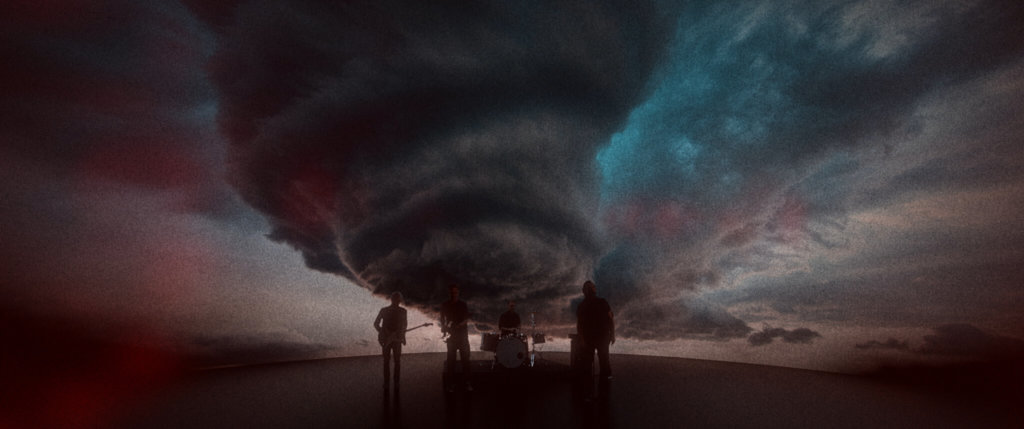
Why did it expand into three different videos?
Joe Bastien: When we were talking with Pearl Jam originally about doing this project, the concept started as more natural footage, landscape shots and things like that. And we were also going to do a video with the band in it. Slowly, it started expanding into multiple videos.
They started calling it Mach I, Mach II, and Mach III—basically different iterations of the original video, which is all footage. We started using more and more of what they had, and it was awesome. It ended up working really well. Each video is an iteration of the previous one, a bigger iteration than the previous one, and they build on top of each.
The Execution
Where do you start on the edit?
Seth Evans: I tried a lot of different things. A lot of it was just reacting. How are we feeling right now? We’ve got three of the same feelings at the same time now, and it starts to become a sequence, and we were playing off of that.
The challenge is that you have everything available to you. With Filmsupply, you legitimately have the biggest bucket of options you could ever have. There’s just so much incredible stuff and you don’t have enough time to go through it. That was like one of the huge challenges. It came down to time, grabbing all you can, and making connections. My brain could flow through tons of shots—thinking, this shot feels good and this shot plays off one I found earlier. Also, of course, I listened to the song about 4 million times.
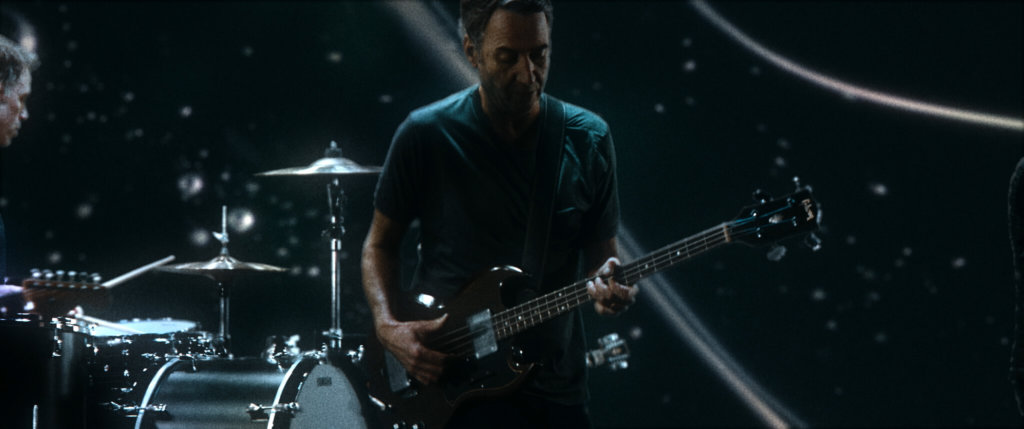
And Joe, you’re helping to populate these shots from Filmsupply?
Joe Bastian: It was all inspired by the song. I’d say something like, “This is feeling a little big or I’m feeling like I need more of a punch here. I don’t need a beautiful, serene shot; I need something with a little more like kinetic energy to it. We’d think, Ok, we need storms.
A lot of shots on Filmsupply would trigger a thought of something—we can combine these ideas, hit that harder, dig deeper in that regard. There were a couple of moments where we were just like, “That shot is bananas. We’ve got to find a place for it. So let’s figure it out.”
Seth Evans: Using Filmsupply was just a no-brainer. We weren’t going to look anywhere else. Filmsupply is our exclusive library and we were going to use it for the holes that we needed to fill. You just can’t find that kind of footage on other sites. Joe mentioned the storms and things like that. Some of those shots are just insane. It makes it really easy to make those decisions. I think we ended up using something like 200 clips.
Seth Evans: Yeah. A lot of times we were overlaying four different shots at once.
How did the song itself inform your cut?
Seth Evans: The edit needed to have its own rhythm and movement to it. So, I broke it up into verse, chorus, verse, etc. It came down to cutting it musically, if that makse sense, where sometimes the guitar would be the focus. Or I’d cut on the bass rhythm or if Eddie’s vocals were getting a little more growly, I would highlight that moment with bubbles going a little nuts.
I really had a ton of fun with the whole song, using all the different layers at different times. If I felt like I was getting a little bored playing off the drum beat, then I’d find a way to transition in the next moment, maybe playing off the baseline.
We also did a lot of different visual things. We did a lot of mirror effects. We used a lot of red accents, which was an accent in their album artwork. So, using consistent visual devices really goes a long way. It puts you in that world. “We used some transfer modes for the footage that was shot against a black background.”
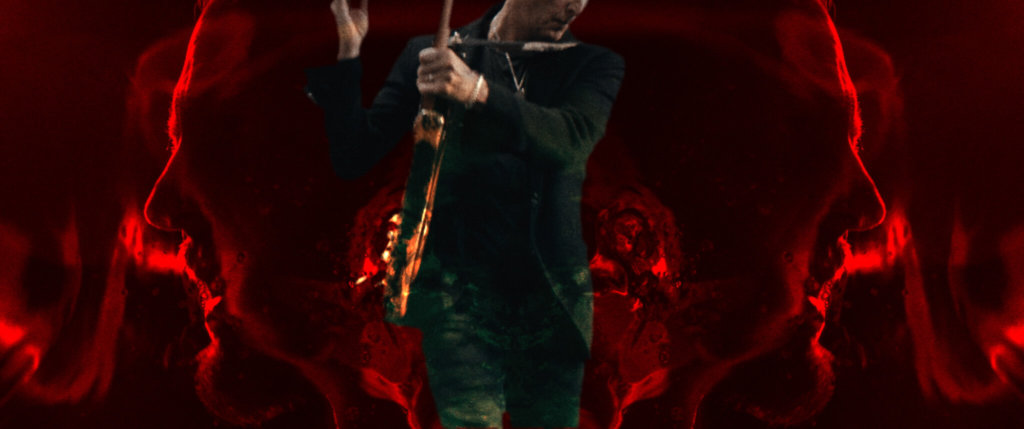
The Result
What was it like collaborating with Eddie Vedder?
Joel Edwards: For me, as a ‘90s rock kid, it was just one of those surreal projects. We had a couple different calls together and he lives up to the legend. He’s very philosophical. I remember at one point, he said, “I don’t know how you were thinking about the words or the lyrics, but you’ve interpreted this in a way that we would never be able to visualize as a band. The feeling we wanted to invoke, you were able to visualize that.” He was fun to work with and to get that level of compliment from a legend was pretty amazing.
Seth Evans: Eddie was very, very appreciative. He said, ‘You guys inspired me; I’m looking at my lyrics a new way.’ We were kind of overwhelmed. I mean, he’s Eddie Vedder [laughs]. That’s what sparked the three videos. It was supposed to be more of a background, but he told us he wanted it to be the first video. For the first call with Eddie after we sent him the first cut, we didn’t really know how the band was going to react to it. We were just in our own world, creating what felt good to us. We were having a blast.
“For shots like the one below we threw everything all at once.”
Original layer with Pearl Jam
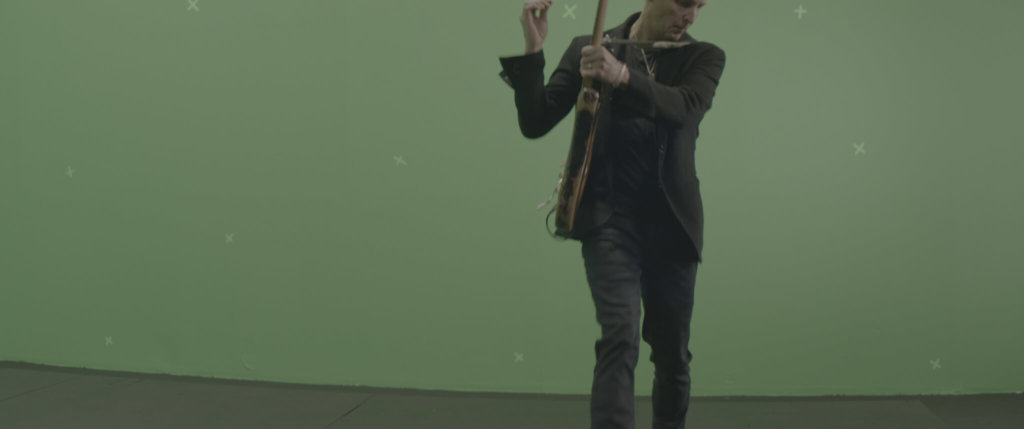
Footage from Filmsupply & Final shot
